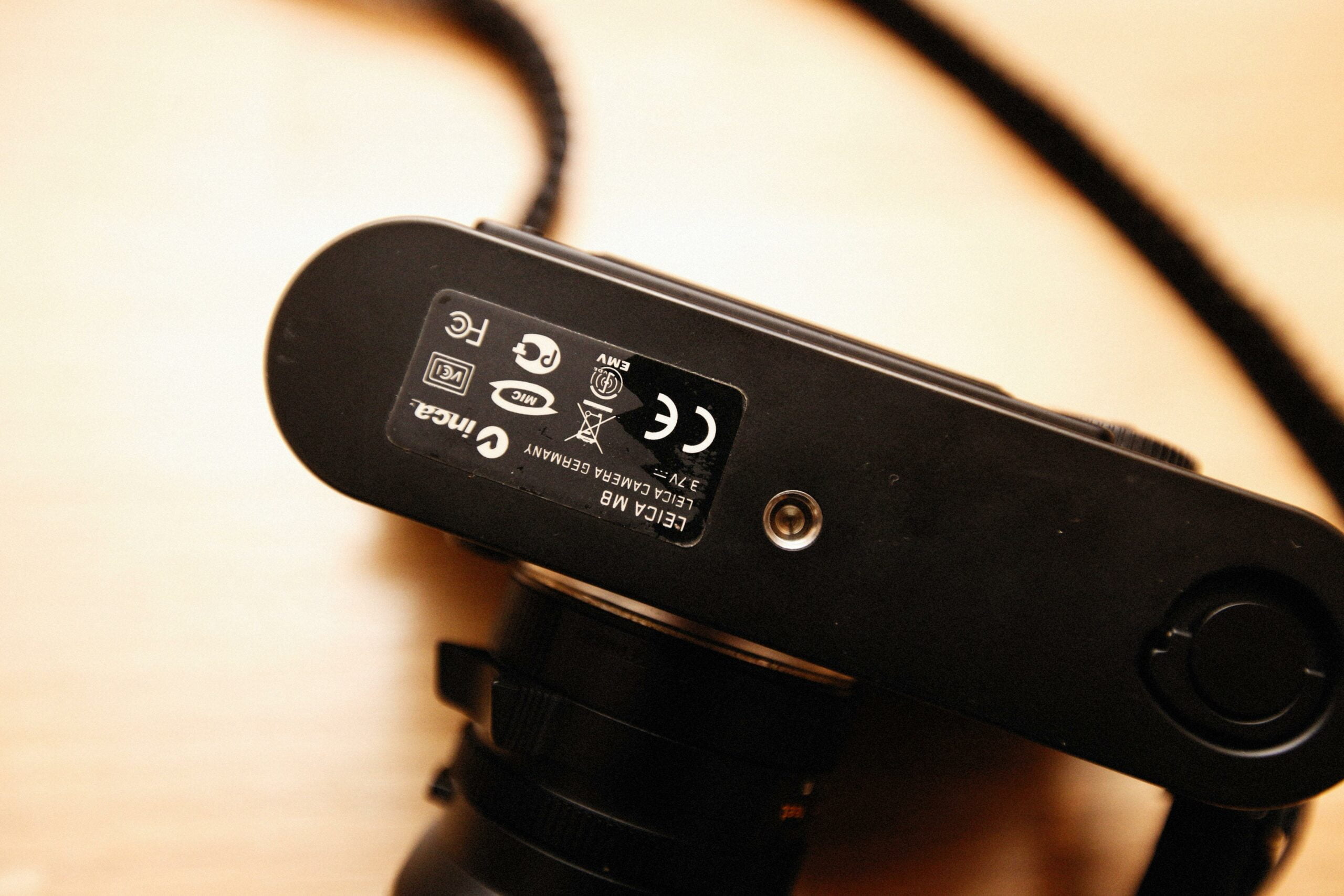Are you ready to unlock the secrets of the microscopic world? In this captivating article, we will embark on a journey to explore the astounding diversity of microscopes. From the powerful compound microscope to the cutting-edge electron microscope and the game-changing confocal microscope, we will delve into the technical intricacies and extraordinary applications of each type. Whether you’re a seasoned scientist or simply intrigued by the hidden wonders of the miniature universe, prepare to be captivated by the fascinating world of microscopes!

Various Types of Microscopes
Microscopes have revolutionized our understanding of the smallest details in the world around us. These incredible instruments allow us to observe the intricate structures of cells, study the behavior of tiny organisms, and delve into the fascinating realm of nanotechnology. In this article, we will embark on a journey through the diverse types of microscopes, each with its own unique capabilities and applications. So, let’s dive in and explore the marvelous world of microscopes!
Simple Microscope: Unlocking the Power of a Single Lens
Let’s start our exploration with the simple microscope, which, as the name suggests, operates using just a single lens. This uncomplicated design may seem basic, but don’t let that fool you—it can still provide valuable insights into the microcosmos.
How does it work? The simple microscope magnifies images by bending light as it passes through the lens. This bending, or refraction, allows the lens to capture more detail and produce a larger image.
Why is it useful? Simple microscopes are ideal for tasks that require low magnification, such as observing larger organisms or analyzing transparent samples like bacteria or cells. Their simplicity and portability make them perfect for fieldwork or educational purposes.
However, due to its design limitations, the simple microscope is unable to achieve high magnification levels. It also lacks the ability to visualize intricate structures and details present in smaller objects.
As we delve deeper into the world of microscopes, let’s remember the valuable role that each type plays despite its limitations.
Compound Microscope: Illuminating the Microscopic Universe
Now, let’s journey into the realm of compound microscopes, the workhorses of the microscopy world. These instruments harness the power of multiple lenses to unlock a wealth of microscopic wonders.
How does it work? A compound microscope utilizes a combination of lenses, including an objective lens near the specimen and an eyepiece lens, to magnify the image. The light source beneath the stage illuminates the specimen, and the magnified image is then viewed through the eyepiece.
Why is it useful? With their ability to magnify up to a thousand times, compound microscopes are essential tools for scientific research and medical diagnostics. They enable us to explore intricate cellular structures, study microscopic organisms, and even analyze minute particles like dust or forensic evidence.
Moreover, compound microscopes allow for easy switching between different magnification levels, allowing researchers to examine specimens at various scales. The versatility and widespread usage of compound microscopes make them indispensable in many scientific fields.
To truly appreciate the hidden world of microscopic organisms, we must turn to the remarkable capabilities of compound microscopes.
Electron Microscope: Peering into the Nano-Dimension
Now, let’s intensify our exploration and venture into the realm of electron microscopes—a true marvel of scientific ingenuity. These machines extend our vision into the nanoscale, revealing astonishing details that were previously beyond our reach.
How does it work? Instead of using visible light, electron microscopes employ a beam of electrons. This beam is focused onto the specimen, and the interaction between the electrons and the specimen generates an image. Electromagnetic lenses guide the electron beam, allowing for precise focusing and magnification.
Why is it useful? Electron microscopes offer unprecedented resolution and magnification power, enabling us to scrutinize the finest details with astonishing clarity. They have revolutionized scientific research by revealing the intricacies of atomic and molecular structures, unraveling the mysteries of nanotechnology, and paving the way for breakthroughs in fields like materials science and medicine.
On the other hand, electron microscopes are large, complex, and expensive machines that require specialized training and dedicated facilities. They also rely on a vacuum environment, which limits the types of samples that can be examined.
With electron microscopes, scientists can plunge into the nanoscale world and witness breathtaking details, unveiling the hidden wonders of nature.
Stereomicroscope: A Three-Dimensional Perspective
Our adventure through the world of microscopes wouldn’t be complete without exploring the mesmerizing capabilities of stereomicroscopes. These instruments are designed to provide a three-dimensional view of objects, adding depth and spatial information to our observations.
How does it work? Stereomicroscopes, also known as dissecting microscopes, employ two separate optical paths with slightly different viewing angles. The human brain interprets the images from each path and combines them, resulting in a three-dimensional perception of the specimen.
Why is it useful? Stereomicroscopes excel at examining larger, solid objects at low to medium magnifications. Their ability to provide a three-dimensional perspective makes them invaluable in fields like entomology, botany, and forensic science. They allow researchers to study the external features and surface characteristics of objects, facilitating detailed examinations and manipulations.
Nevertheless, stereomicroscopes have a limited magnification range and lower resolution compared to compound or electron microscopes. They are not suitable for observing microscopic structures or examining transparent or subcellular samples.
Stepping into the world of stereomicroscopes, we gain a new dimension of understanding, observing objects from a perspective that brings them to life in a way like never before.
Scanning Probe Microscope: The Touch of Scientific Precision
As we reach the final stop on our microscope journey, let’s delve into the captivating realm of scanning probe microscopes. These instruments utilize a unique approach that allows researchers to investigate surface properties and manipulate matter at the atomic and molecular level.
How does it work? Scanning probe microscopes employ a probe—an extremely sharp tip—that scans the surface of a specimen. The probe interacts with the surface, measuring properties such as height, electric conductivity, or magnetic force. This information is then translated into a detailed image of the surface.
Why is it useful? Scanning probe microscopes have revolutionized nanoscience by providing a way to study and manipulate matter at the atomic and molecular level. They enable researchers to create detailed images of surfaces with atomic resolution, allowing them to observe individual molecules and explore surface properties like never before. This technology has found applications in fields such as nanotechnology, materials science, and even biological research.
Despite their remarkable capabilities, scanning probe microscopes have a slower imaging speed compared to other types of microscopes. They also require a high level of expertise to operate and interpret the data obtained.
Scanning probe microscopes delicately brush the surface of science, enabling researchers to navigate the landscape of atoms and unravel the secrets of the nanoworld.
In conclusion, the world of microscopes is a vast and captivating one, filled with an array of instruments that each brings its own unique perspective. From the simplicity of the single-lens microscope to the mind-boggling details revealed by electron and scanning probe microscopes, each type plays a vital role in advancing scientific knowledge. So, immerse yourself in the wonders of these diverse microscopes and unlock the hidden treasures of the microscopic universe.
Each type of microscope unveils a new layer of the microscopic world, unlocking hidden wonders and expanding our understanding of the universe that exists beyond our naked eyes.
Types of microscopes are essential tools in the field of science and research. From the powerful electron microscope to the versatile compound microscope, there are various types available that cater to different purposes. Whether you are a student exploring the world of biology or a professional researcher in need of detailed analysis, understanding the different types of microscopes is crucial. To dive deeper into this fascinating topic, click here to explore our comprehensive guide on the various types of microscopes. Hurry, don’t miss out on this opportunity to broaden your knowledge and discover the wonders that lie within the microscopic world.
FAQ
What are the different types of microscopes?
There are five main types of microscopes: simple microscope, compound microscope, electron microscope, stereomicroscope, and scanning probe microscope.
How does a simple microscope work?
A simple microscope uses a single lens to magnify an object.
How does a compound microscope work?
A compound microscope uses two or more lenses to magnify an object using visible light.
How does an electron microscope work?
An electron microscope uses a beam of electrons to create an image of an object.
How does a stereomicroscope work?
A stereomicroscope has two eyepieces that create a three-dimensional image of an object.
















